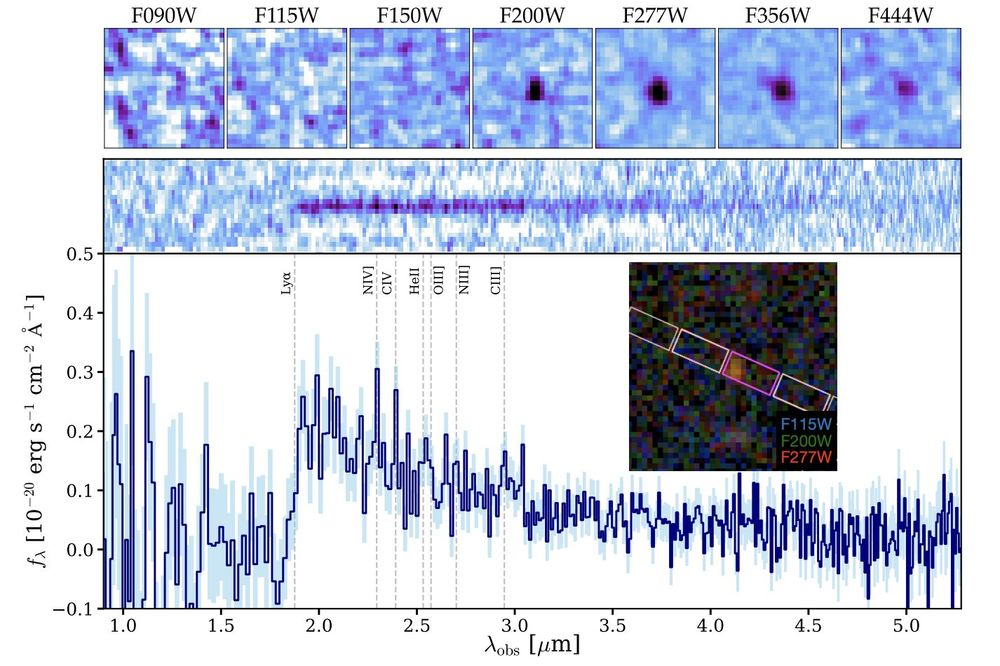


















arxiv.org/abs/2510.00103
Led by Alberto Torralba, who is a postdoc in my group, we present the highest quality spectrum of a "Little Red Dot" yet known. This unveils new insights in the warm, dense layer of gas that is key to explain the most unusual spectral features of the LRDs!

arxiv.org/abs/2510.00103
Led by Alberto Torralba, who is a postdoc in my group, we present the highest quality spectrum of a "Little Red Dot" yet known. This unveils new insights in the warm, dense layer of gas that is key to explain the most unusual spectral features of the LRDs!






